This year, a helicopter developed by a team of young NASA engineers flew on Mars and became the first vehicle to fly successfully in the atmosphere of another planet. The technicians famously proclaimed the initial hop to be their “Wright Brothers moment,” and compared the Martian flight to the first sustained powered aircraft flight by Wilbur and Orville Wright in 1903. The eureka feeling of satisfaction stemming from such an accomplishment is difficult to describe to anyone who has never dreamed, planned, and surmounted obstacles to reach such a goal. I know that feeling.In 1972, just after graduating from high school in Highland Park, Illinois, along with my friends Louis and Marty, I spent most summer Sundays racing 15′ Albacore-class sailboats at our local sailing club on Lake Michigan. One day, Louis and I stumbled upon the book The Forty-Knot Sailboat, by Bernard Smith, buried in the stacks of the Highland Park Public Library. The book, published in 1963, discussed the theory of hydrofoil sailboats, including their history and predictions for the future. While only a handful of experimental hydrofoil sailboats had ever been built by 1970, Marty, Louis, and I were inspired by Smith’s book and decided to design and build our own prototype hydrofoil sailboat. Our initial hope was to develop a class of hydrofoil sailboats that could become popular for racing and high-speed day-sailing.Our budget was a mere $100. We were neither engineers nor boatbuilders, and high-tech lightweight materials such as carbon fiber had not yet entered the consumer market. Although these initial obstacles should have thwarted our plan, youth, idealism, and persistence kept us on track. We immediately set to work.
Join The Conversation
We welcome your comments about this article. If you’d like to include a photo or a video with your comment, please email the file or link.

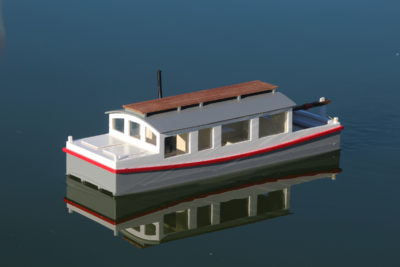
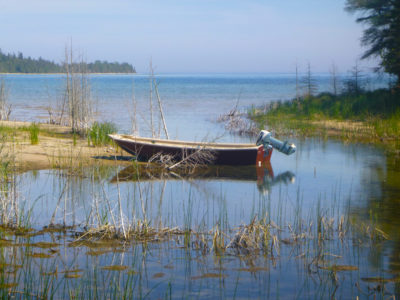
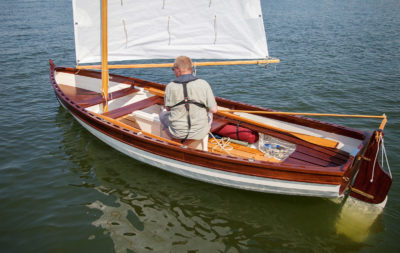
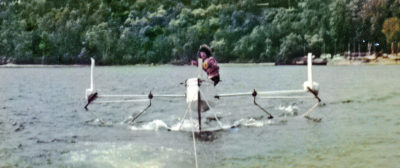
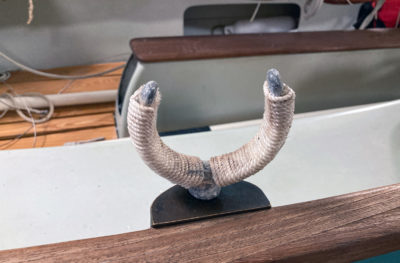
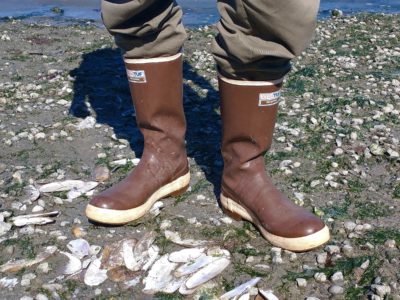
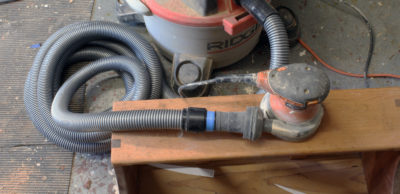
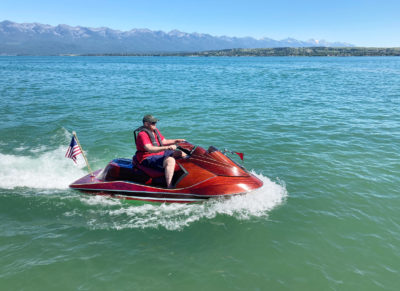
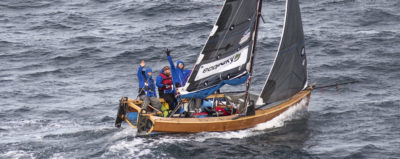
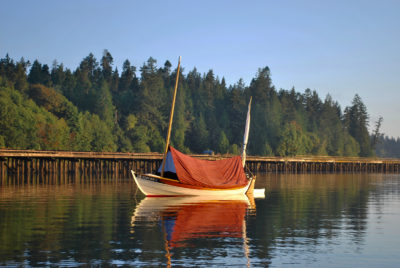
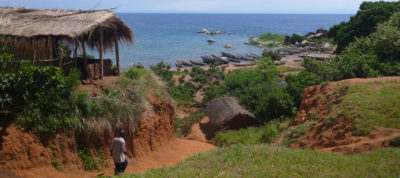
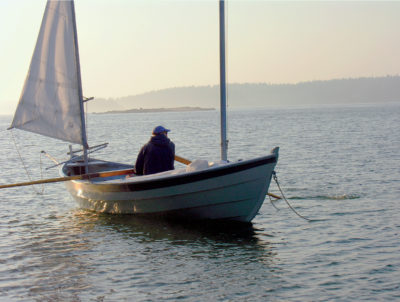
I am simply in awe! So well done and way ahead of your time. You should be proud!
Thanks. I’ve been meaning to share this story for years.
Wow, what a great history, just made by young guys “on the beach.”
Great story! Thanks for telling it.
You’re welcome. It was fun to write it.
Having graduated from high school in the spring of 1972 myself, the hairstyles and clothes were a trip down memory lane!
The hairstyles and the car remind me of the wonderful summer 1972 in Boston and Lexington, Massachusetts.
Thanks for sharing your adventure with us.
You’re welcome. It’s a story I always enjoy telling. This is the first time I’ve published any account of our project that was a bit before it’s time.
Hurrah for youth! What a wonderful story of hope, faith, perseverance, and success! Thank you for sharing your long-untold story. The photos are priceless.
It would be a real treat to see some excerpts of the Super-8 video in motion. Great story!
Brings back memories. I had become enthralled with hydrofoils in 1965. I built one one summer on vacation and just before launch realized I had installed the hydrofoils upside down and they would have pulled the boat under! Still had a great time building it.
Wow! A fabulous story of persistence, tenacity and the optimism of youth! I so admired that this self-taught crew of inquiring minds achieved so much in an era without all the resources that are now available via the internet.
Great story! One of the first successful foilers!
Years later (’80s) I looked at another another attempt (reporting for Multihulls Magazine), but the structure/hull weight was way too much to fly without power. You guys were on top of it!
Frigging awesome story!
Great Story. I discovered The Forty Knot Sailboat in the Seattle library in the mid 1970s. I read it two or three times and everything else I could find on sailing hydrofoils, and had fantasies of building one, but didn’t have the brains, the grit, or the willingness to put the hours into shaping foils. So it made what you guys did particularly impressive to me. Thanks for sharing it.
I know there must have been others captivated by that book. It is interesting that sailing speed records in this century have been set by vessels directly modeled after Bernard Smith’s suggestions. However, he was wrong about 40 knots. The 70-Knot Sailboat might have been a more apt title.
What a great summary of a fun project. I still have in hand AYRS editions from that era. One of my favorites had on the cover a fabric wing sail with airfoil sections around the mast trailed by full battens. I had no sailing experience, but dreamed of voyaging. The AYRS covered everything from daysailers to voyaging, and from wing sails to junk rigs.
I ended up building a junk-rig boat in Michigan from AC plywood and 2x4s that I took to England and back—rough but sturdy was the operative description.
Thank you for writing an engaging story.
Thanks for sharing